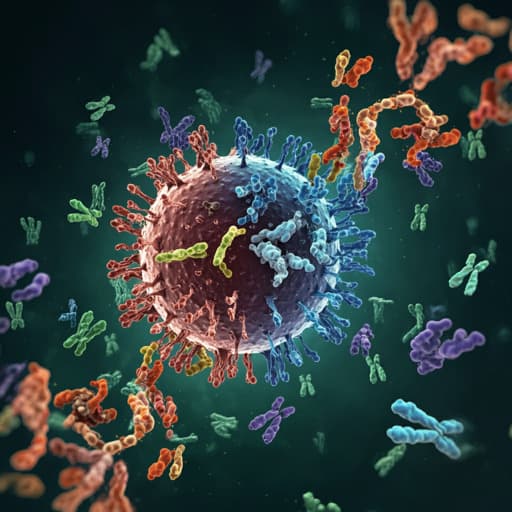
Medicine and Health
Effectiveness of BA.1-and BA.4/BA. 5-Containing Bivalent COVID-19 mRNA Vaccines Against Symptomatic SARS-CoV-2 Infection During the BA.5-Dominant Period in Japan
T. Arashiro, Y. Arima, et al.
In a groundbreaking study conducted in Japan, researchers including Takeshi Arashiro and Yuzo Arima found that both BA.1-containing and BA.4/BA.5-containing bivalent mRNA vaccines showed high effectiveness against symptomatic COVID-19 infection during the BA.5-dominant period, outperforming monovalent vaccines and providing significant protection.
~3 min • Beginner • English
Related Publications
Explore these studies to deepen your understanding of the subject.







